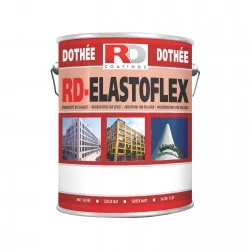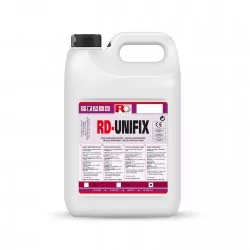Waterproof and protect reinforced concrete against carbonation and rebar corrosion.
RD-Elastoflex is a technical paint designed for waterproofing and protecting concrete, walls, and facades. This elastic and vapor-permeable coating offers effective protection against erosion, carbonation, and water infiltration, while maintaining the building's aesthetics and allowing it to breathe.




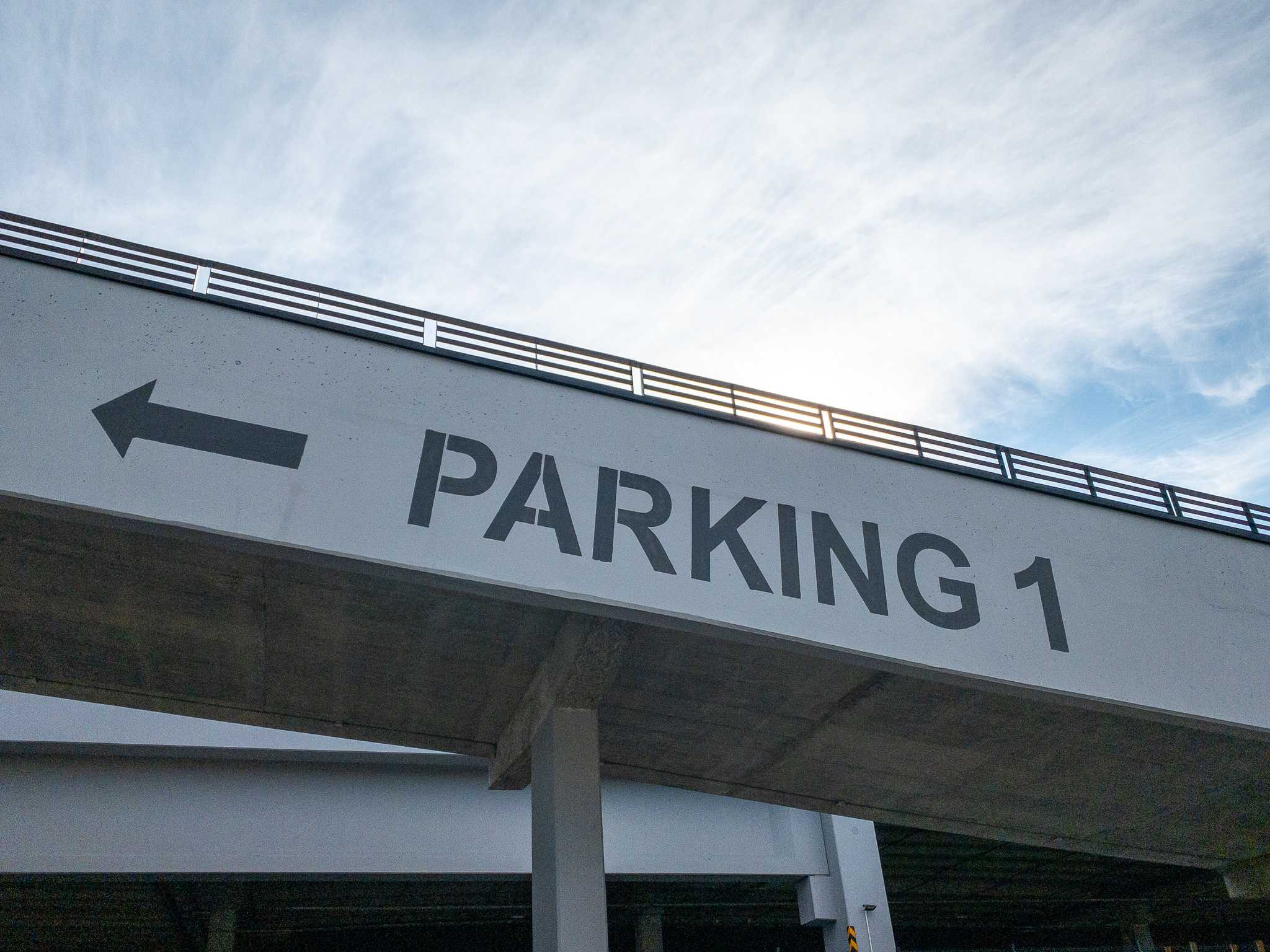


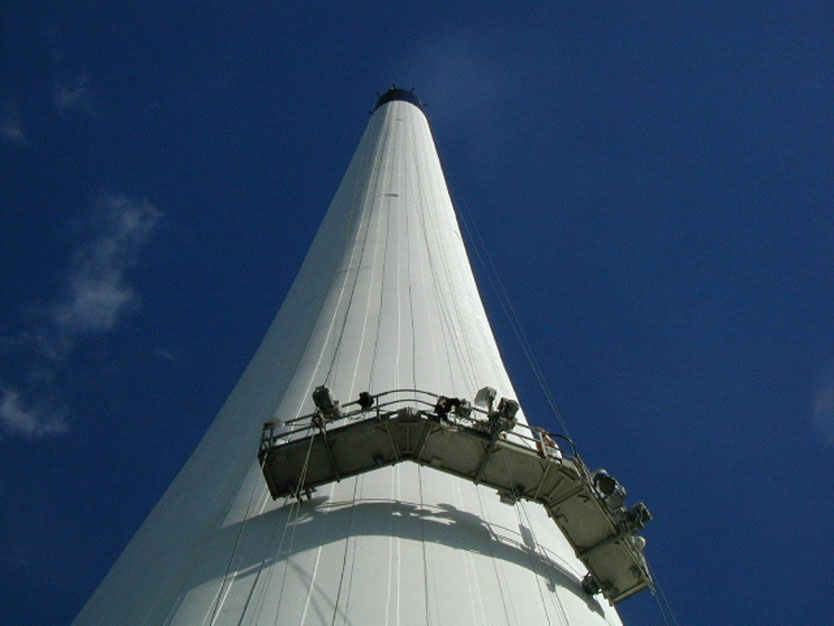
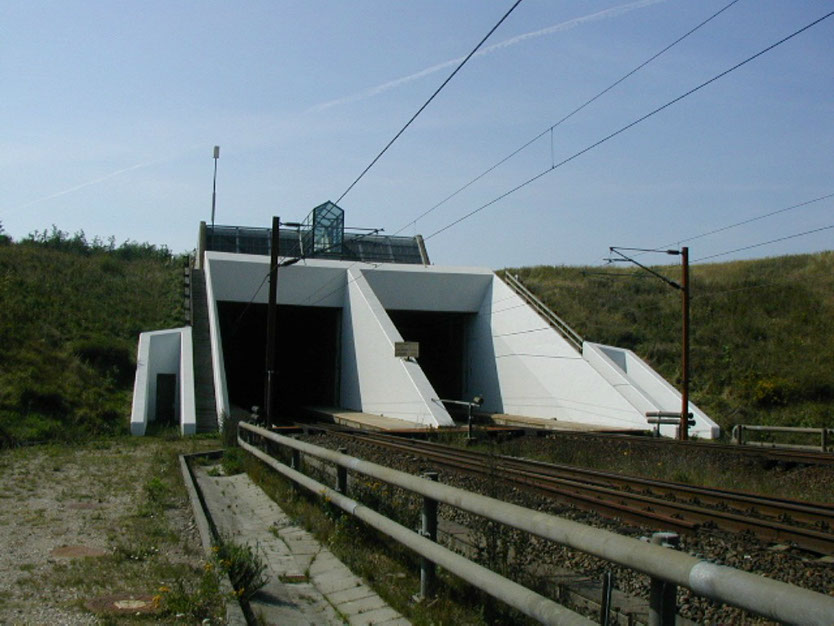
Products presented
RD-Elastoflex Technical paint designed for the waterproofing and protection of concrete, walls, and facades....
Technical paint designed for the waterproofing and protection of concrete, walls, and facades....
RD-Mur Fleece Woven reinforcement fabric for liquid-applied waterproofing and wall coating systems on façades...
Woven reinforcement fabric for liquid-applied waterproofing and wall coating systems on façades...
The problem
Concrete is generally considered a durable material, especially when of high quality. Well-made concrete can effectively resist acid rain and neutralize sulfur dioxide and nitrogen oxides.
However, when concrete is of poor quality, subjected to high levels of pollution, or simply aging, various problems may arise, leading to cracking and water infiltration.
In porous or cracked concrete, carbonation becomes an ongoing process. Over time, this allows the steel reinforcement to come into contact with the carbonated zone, triggering rust formation.
The presence of chlorides can further accelerate this process by penetrating the concrete and facilitating corrosion of the rebar.
As the rebar corrodes, rust forms, causing the surrounding concrete cover to detach and cracks to propagate.
The solution
RD-Elastoflex
This waterproofing coating is elastic and breathable, protecting against erosion, carbonation, and water infiltration. It is certified according to the European standard EN 1504-2.
It is a solution that regulates humidity by preventing internal condensation and allows for better crack bridging thanks to its high elasticity.
Its high-quality resin and pigments offer excellent resistance to soiling, keeping the protected objects looking impeccable for many years.
RD-Elastoflex is available in a wide range of colours!
With this solution, rain cannot reach the reinforcement, preventing carbonation and rebar rust!
Systems
1/ Non-porous or slightly porous surface - without cracks larger than 3 mm
| Product | Consumption | Dry film | |||
| 1st layer | RD-Elastoflex | 0,40 kg/m² 155 s/f-g | 155 µ 6 mils | ||
| 2nd layer | RD-Elastoflex | 0,40 kg/m² 155 s/f-g | 155 µ 6 mils | ||
Note: dilute the first coat with 10% water if the surface is slightly porous.
2/ Porous surface – without cracks larger than 3 mm
| Product | Consumption | Dry film | |||
| Impregnation | RD-Unifix | > 0,10 l/m² 400 s/f-g depending on porosity | |||
| 1st layer | RD-Elastoflex | 0,40 kg/m² 155 s/f-g | 155 µ 6 mils | ||
| 2nd layer | RD-Elastoflex | 0,40 kg/m² 155 s/f-g | 155 µ 6 mils | ||
Application conditions and work preparation
Environmental Conditions (General Requirements):
• Minimum air and substrate temperatures: 10°C / 50°F for 24 hours.
• Maximum surface temperature: 55°C / 130°F.
• Maximum relative humidity: 80%.
• Surface temperature must be at least 3°C / 5°F above dew point.
• No threat of rain for 3 hours.
/!\ Notes
• There must be no condensation on the surface during application and drying. Caution when working at the beginning or end of the season!
• Overnight drying between coats is generally recommended. However, drying rates for water-based coatings depend on temperature, humidity and wind.
• From 15°C / 59°F, working conditions are comfortable and enable higher productivity.
• If the project is located in a very hot area with very intense sunshine during the day, avoid applying the system when the sun is most intense on the surface, and prefer to work early in the morning, late in the afternoon or in the shade.
Direct environment
Check for the possible presence of chimneys or ventilation outlets that may expel contaminants onto the surface to be treated. Neutralize their effects during the work.
Surface preparation
The surface must always be clean, dry, degreased, and free from any contaminants. Old paint layers with poor adhesion must be removed.
1. Biocide / anti-moss treatment
This should be considered in case of the presence of moss, lichens, and other biological growths. Remove thoroughly down to the roots with a certified biocide product available on the market.
It is also possible to use diluted bleach. This provides a curative but not preventive action. Be careful with stains!
2. Removal of efflorescence
Efflorescence is a white deposit that appears on the surface of construction materials, such as concrete or brick. Efflorescence is mainly an aesthetic issue, but it can also indicate excessive moisture presence, which could damage the material in the long term.
2.1. Dry brushing: Use a stiff-bristle brush to dry brush off the salt deposits. This removes most of the efflorescence without using water, which is important because water can dissolve the salts and cause them to re-enter the material.
2.2. Water cleaning: If dry brushing is not sufficient, you can use water and a brush to clean the surface. However, avoid using too much water.
2.3. Use of an acid cleaner: If the efflorescence is stubborn, a mild acid cleaner, such as diluted muriatic acid or a specific product for efflorescence, can be used. Apply carefully, following the manufacturer's instructions, and rinse thoroughly with water. Be cautious, as acid can damage certain materials and should be handled with care.
3. New masonry
New masonry should be brushed beforehand with a wire brush to remove any remaining mortar. The laitance must be removed.
4. Existing paint and blisters
Check the adhesion of the existing paint. Remove any paint that no longer adheres properly using a scraper.
Pierce and cut the blisters and remove any loose paint.
Never paint over a poorly adhering coating!
5. High-pressure cleaning at a maximum of 120 bar / 1700 psi
6. Filling any formwork holes/rods and cracks
Formwork holes and cracks can be filled with RD-Cement Filler.
Cracks > 0.3 mm and < 3 mm can be filled with RD-Acryl W acrylic sealant or MS Polymer.
In the case of large and active cracks, please consult the solution specific to this issue.
Porous and chalky surface
If the surface is porous, it is best to thoroughly impregnate it to saturation with RD-Unifix using a brush or low-pressure sprayer. Stop when the surface has a slightly satin appearance.
This also allows for better coverage of the following layers and prevents the RD-Elastoflex system from being absorbed into the concrete.
For moderately porous surfaces, another option is to dilute the first coat of RD-Elastoflex with about 10% water. This saves a step!
If the surface is chalky, apply a thin coat of RD-Unifix beforehand.
Smooth (new) surface
Apply a first bonding coat of RD-Elastodeck diluted with 25% water or a coat of RD-Multiprim.
Application material
RD-Elastoflex
14 mm polyamide brush or roller or 3/8" bristles.
Airless device: pressure between 150 and 180 bar / 2000 and 2600 psi. Nozzle opening: 0.013 - 0.015 in.
RD-Unifix
Brush, roller, or low-pressure sprayer.
Tools cleaning
Clean with clean water only.
Product application
RD-Elastoflex
Ready-to-use product. Stir mechanically a few minutes before application.
Dilute to max. 3% with water for airless use in warm weather (> 25°C / > 77°F).
Drying time: (20°C - 68°F)
Touch-dry: +/- 2 hours
Recoatable: +/- 4 hours
RD-Unifix
Apply until saturation.
Drying time: (20°C - 68°F)
Touch-dry: +/- 1 hours
Recoatable: +/- 4 hours
VERS. S34-240923







